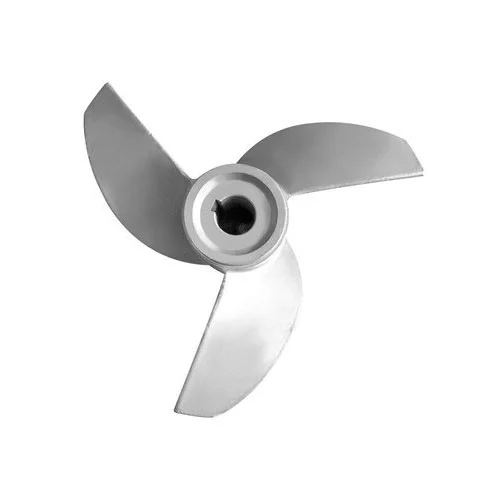What Are the Main Advantages and Limitations of Die Casting?
2025-07-17
Die casting is one of the most widely used metal casting processes in modern manufacturing, especially for producing high-volume, high-precision metal parts. It involves forcing molten metal into a mold cavity under high pressure. While die casting offers many benefits, it’s not a one-size-fits-all solution. Let’s explore what makes die casting such a popular choice—and where it might not be the best fit.
Why Die Casting Is So Popular
One of the biggest reasons manufacturers choose die casting is its ability to produce parts with excellent dimensional accuracy and a smooth surface finish. Once the mold is created, it can be used to make thousands—or even millions—of identical parts with consistent quality.
Another key benefit is speed. Die casting is fast. Once the tooling is in place, the cycle time for each part is short, making it ideal for mass production. Combine that with low post-processing needs (since parts often come out nearly net-shape), and you’ve got a process that’s both efficient and economical for large volumes.
The mechanical strength of die-cast parts is also impressive. Since the metal solidifies quickly under pressure, the result is a dense structure with good strength characteristics, especially in non-ferrous metals like aluminum, zinc, and magnesium.
And let’s not forget the design flexibility. Die casting supports thin walls, complex geometries, and tight tolerances—all without the need for welding or additional assembly.

But It’s Not Perfect: Limitations You Should Know
Despite all the upsides, die casting isn’t always the right choice. One of the main drawbacks is the high initial cost. Creating the die (mold) is a time-consuming and expensive process, often made of hardened steel. This makes die casting impractical for low-volume production or prototyping unless you're using low-cost temporary dies.
Another limitation is the choice of materials. Die casting is generally limited to non-ferrous metals with low melting points, such as aluminum, zinc, and magnesium. If you're working with steel or iron, you’ll need to look elsewhere—like sand or investment casting.
There’s also a risk of porosity. During the high-pressure injection of molten metal, tiny air pockets can get trapped inside the casting. This can be a problem for parts that require high fatigue resistance or pressure tightness unless post-treatment or vacuum casting is used.
Finally, even though die-cast parts come out close to the final shape, any changes in design after the tooling is made can be costly and time-consuming. That means your design needs to be nearly perfect before production begins.
Die casting is a powerful manufacturing method that offers speed, precision, and cost-effectiveness—especially at high volumes. However, it comes with certain trade-offs like high startup costs and material limitations. Understanding both the advantages and the limitations helps ensure you choose the right process for your specific application.
If you're considering die casting for your next project, weigh your production volume, material requirements, and part complexity carefully. When used in the right context, die casting delivers unmatched efficiency and quality.


